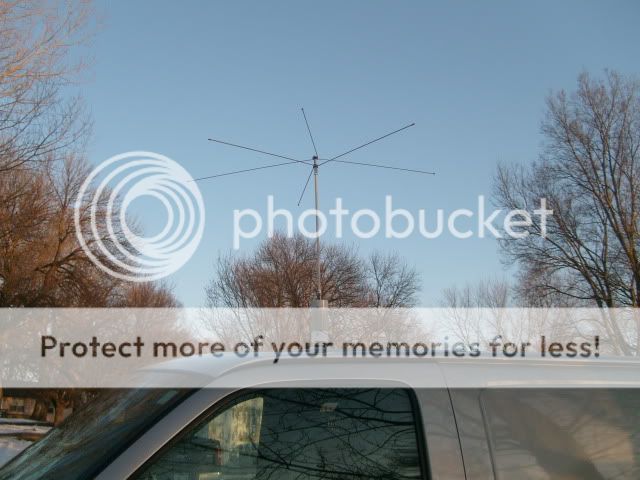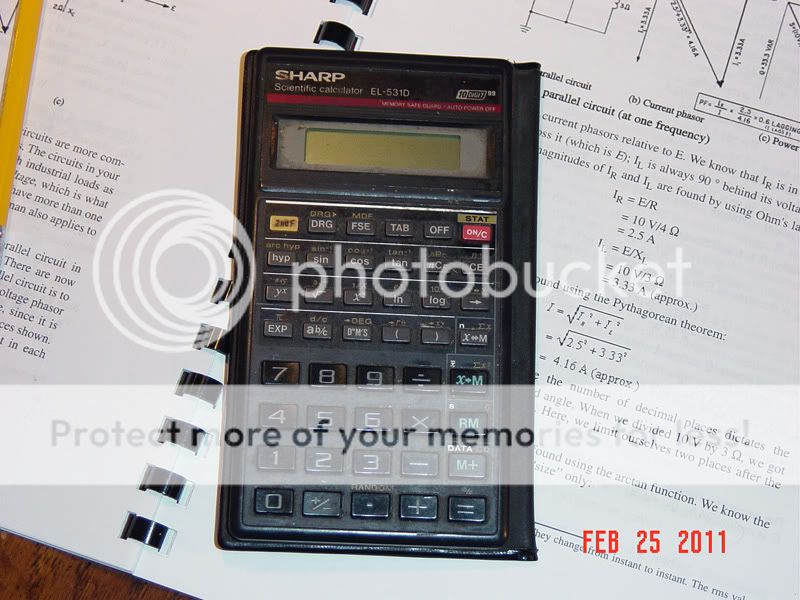LooseCannon, another great post. What the hell did you eat today, your like butter on a roll.
LOL, thanks.
im at work right now, and my job requires me to sit in front of computers for long periods of time. If i have to be here anyway, might as well make it interesting!
im pretty sure MrCoily has stopped reading my posts though. LMAO!
LC



